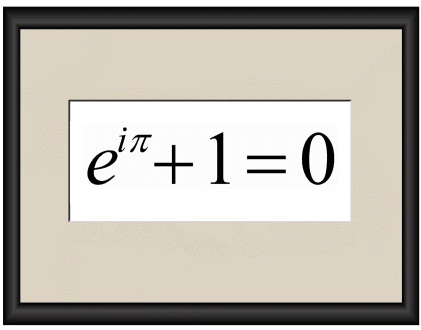Those:
- for whom literacy is a skill.
- using it as a means for studying values based on literacy.
- functioning in a world of prepackaged artifacts.
- active beyond the limitations of literacy, such as stretching cognitive boundaries or defining new means and methods of communication and interaction.

Writers, editors, and some educators see it as a skill in which they make a living by knowing and applying rules of correct language usage.
Others gain value by exploring the great wealth of writings, poetry, history, and philosophy.
The majority, which is estimated at about 75 percent of the population, view it as an artifact or service, such as the mathematics in a calculator, the writing on a greeting card, or the spelling and writing routines incorporated into word processors.

And finally, groups, such as artists and designers, who actively attempt to push it beyond its limits.
For instructional designers, these four branches of literacy are quite useful in that they help us to identify the type of media preferred by our target audience. In addition, they show the branch that teachers, trainers, educators, instructional designers, etc. must join if they desire to help others learn -- the artists and designers who actively attempt to push it beyond its limits. For it is only by pushing literacy to its limits that we will be able to reach the broadest group of learners possible.
While some may bemoan the decline of literacy, others look forward to the instruments that are slowly, but surely, replacing it, such as audio, visual media, and text messages. While this last medium does sound quite literate at first, it manages to break almost every rule in order to obtain velocity:

Grade schoolers are starting to get laptops and of course literacy skills, such as handwriting and spelling, start to suffer. Yet, there was life before literacy, and there will be life when it declines. Thus, maybe it is better to not look at it as "declining," but rather as being...well...replaced.

Literacy presupposes the existence of a shared symbol system that mediates information between the individual's mind and external events (see Technological Literacy Reconsidered). Thus, just as mathematicians from all over the world can share and understand formulas; savvy cellphone uses can understand the above text message.
The literacy that is shaping the netcitizens of today is technological literacy -- knowledge about what technology is, how it works, what purposes it can serve, and how it can be used efficiently and effectively to achieve specific goals. It encodes and decodes messages via three dimensions:

These three dimensions closely relate to Dyrenfurth's (1991) three dimensions: "Technological literacy is a multidimensional term that necessarily includes the ability to use technology (practical dimension = knowledge), the ability to understand the issues raised by our use of technology (civic dimension = capabilities), and the appreciation for the significance of technology (cultural dimension = thinking & acting)." For more on these dimensions, see the Quicktime movie.
Knowledge acquisition took place at a slow place during the age of literacy. With the advancement of technology, we are no longer at the mercy of language (and the literacies associated with it) as the exchange of complex data via graphics, multimedia. etc., are more appropriate to our faster paced society. Our present knowledge economy is not driven by faster computers, but rather by human cognition embodied in experiences that support further diversification of experiences. And the more means we find to diversify our experiences, then the faster our knowledge acquisition will be.
NOTES
You can find the The Civilization of Illiteracy in three types of formats:Dyrenfurth, M. (1991). Technological literacy synthesized. In M. J. Dyrenfurth & M. R. Kozak (Eds.), Technological literacy (40th Yearbook of the Council on Technology Teacher Education, pp. 138 183). Peoria, IL: Macmillan, McGraw-Hill.
Tags
[Illiteracy][technological literacy]




1 comment:
Fascinating. The "three R's", Reading (w)Riting and (a)Rithmetic, have for the last couple of centuries, been AND STILL ARE, the basis of public education -- now that they are being blown away by the winds of technology, what is left to do in the typical classroom?! No wonder kids are detached from and bored in school... time for a makeover -- WHO IS GOING TO FUND IT?
Post a Comment